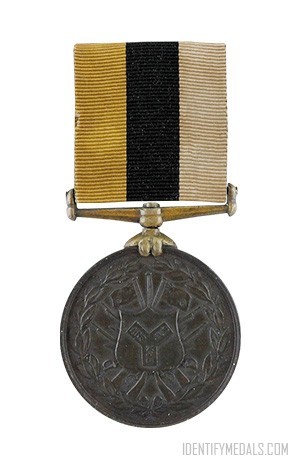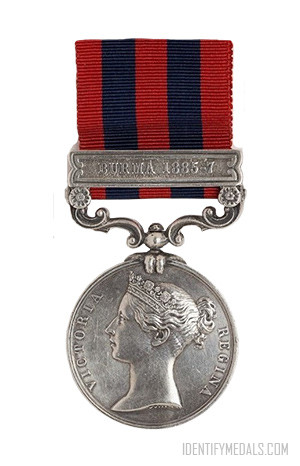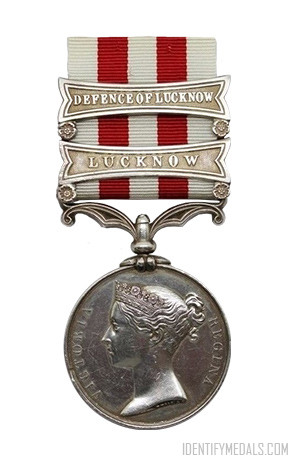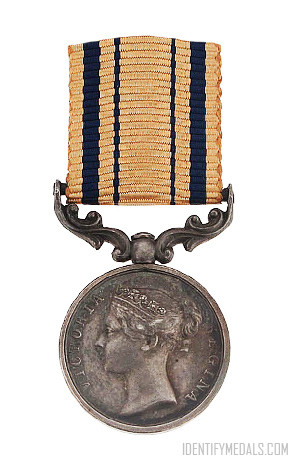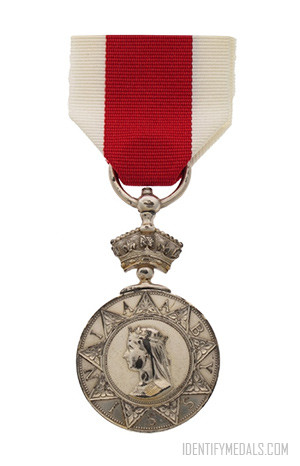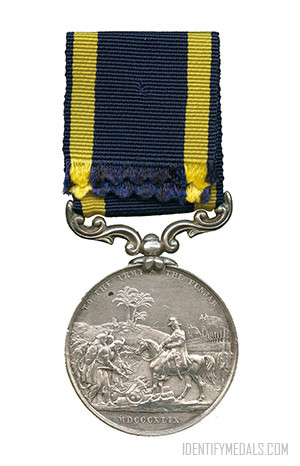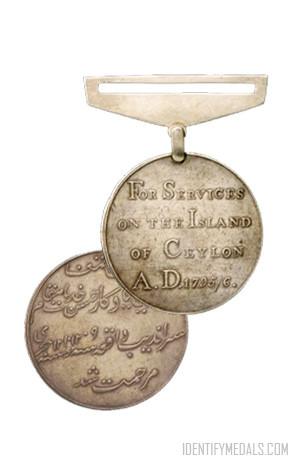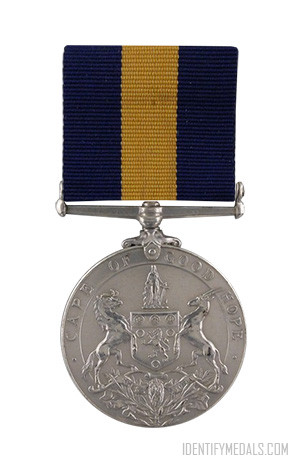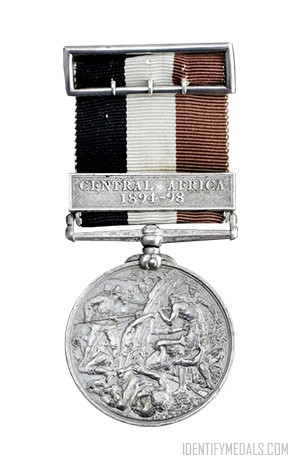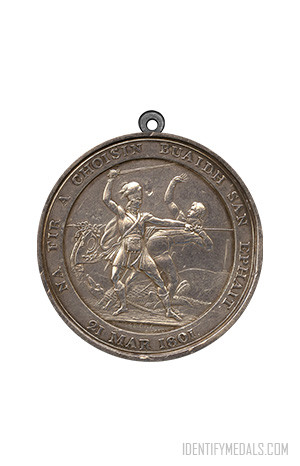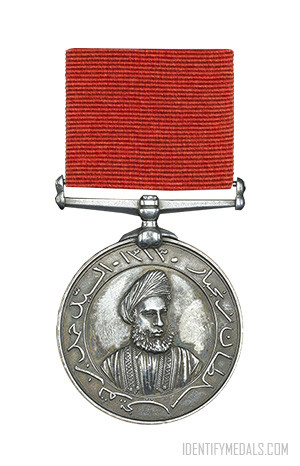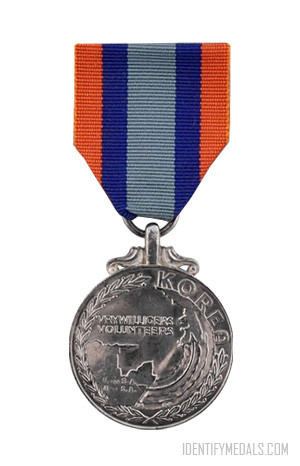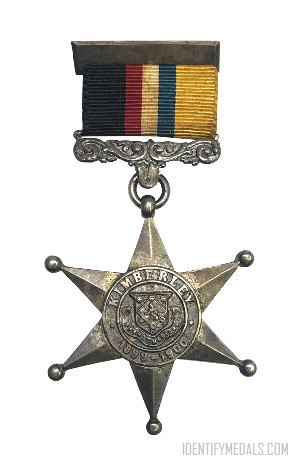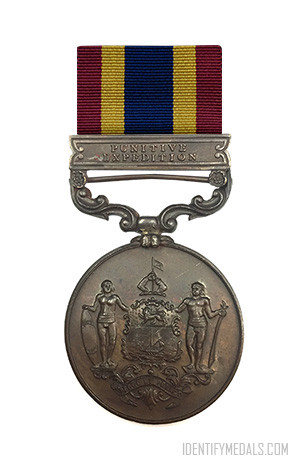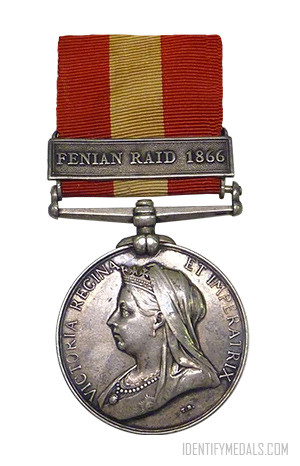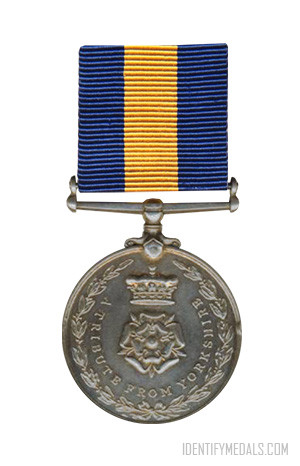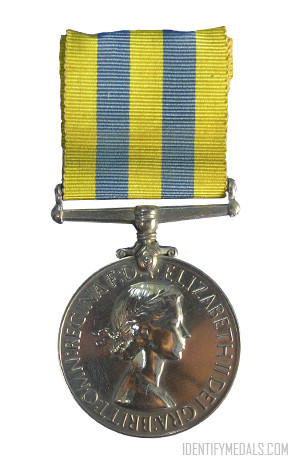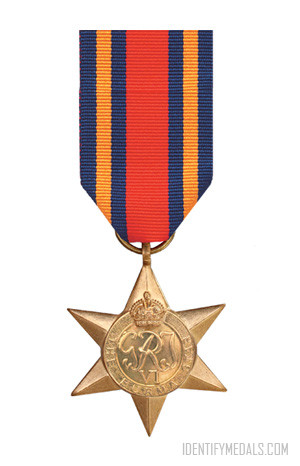- Time Period: Pre-WW1
- Year of Institution: 1899
- Country: Great Britain
The Royal Niger Company’s Medal is a campaign medal awarded for service in minor military operations in Nigeria between 1886 and 1897 and issued in 1899 by the Royal Niger Company. The award covered a series of small punitive expeditions in the company’s territory between 1886 and 1897, with only operations where casualties had occurred qualifying.
Those involved were locally recruited troops and constabulary employed by the Royal Niger Company, as well as a small number of British army officers and non commissioned officers seconded to local forces.
No British Army units took part. For native forces, only those who were still in service when the medal was issued received the medal. No further awards were made after the Royal Niger Company had its charter revoked in 1899.
The Royal Niger Company’s Medal Design
The medal measures 38 millimeters (1.5 in) in diameter. It was awarded in silver to Europeans (some 100 awarded) and bronze to native Africans. The medal was designed and manufactured by Spink and Son of London.
All Royal Niger Company’s medals were issued with a single clasp that read “NIGERIA 1886-1897” on the silver medals and “NIGERIA” on the bronze.
The obverse of both medals depicts a left facing portrait of Queen Victoria, designed by Sir Joseph Boehm with the inscription “VICTORIA REGINA ET IMPERATRIX”.
The reverse shows the arms of the Royal Niger Company (a shield bearing the words “PAX, JUS, ARS”, Latin for Peace, Justice, Skill), with a trophy of arms and flags behind, all surrounded by a laurel wreath.
Silver medals had the name and rank of the recipient impressed or engraved on the rim. Bronze medals were issued with a number impressed on the rim.
The 31.7 millimeters (1.25 in) wide ribbon has three equal strips of yellow, black and white, with the yellow to the left when facing the wearer.

